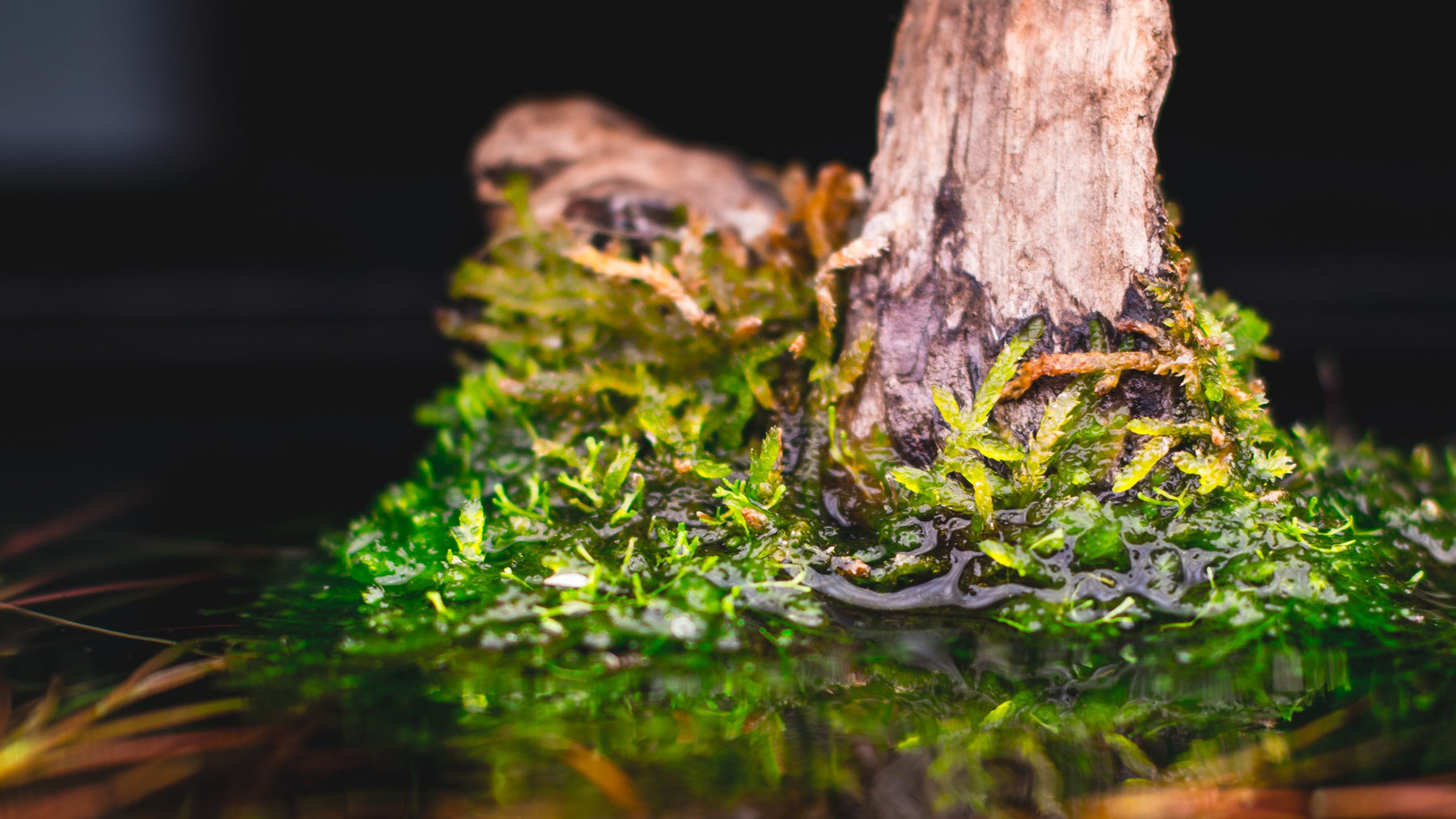
Maintaining Hardscape in the Planted Aquarium
by: @Shrimpery
Hardscape is the skeleton of an aquarium. As critical as plant selection can be to the success of an aquascape, the hardscape element is foundational- literally! A poor choice of hardscape can be difficult to overcome once a tank is filled, while a great hardscape layout can make a tank shine. Given how important this topic is, and how difficult it can be for both beginners and established aquarists, I wanted to provide a quick guide to selecting and maintaining hardscape for your planted tank.
Choosing Your Hardscape
Whether you’re setting up a brand-new scape or doing a rescape, selecting and arranging the hardscape can be one of the most fun and surprisingly challenging steps in the process. As a general rule of thumb, it is often best to select pieces that are larger than you think you will need, as they will inevitably appear smaller once the plants have filled in and matured. With that said, personal preference will dictate the amount and size of the hardscape. I personally don’t mind mine melding into the scenery (as long as some of it is still visible), since it creates a more natural look.
Most people choose one type of rock and one type of wood (or one or the other). For example, a nature aquarium layout may feature horn wood and Hakkai stone, while an Iwagumi layout may feature Hakkai stone alone. I enjoy using darker stone and wood, and I prefer varieties with thicker branches (such as horn wood). Choosing larger, darker items makes it easier to create a more visually impactful layout. Thicker, larger pieces also better support epiphytic plants such as moss or buce. Still, lighter colored stone (and wood) looks great with bright green plants such as Monte Carlo, red stem plants, or foregrounds utilizing cosmetic sand.
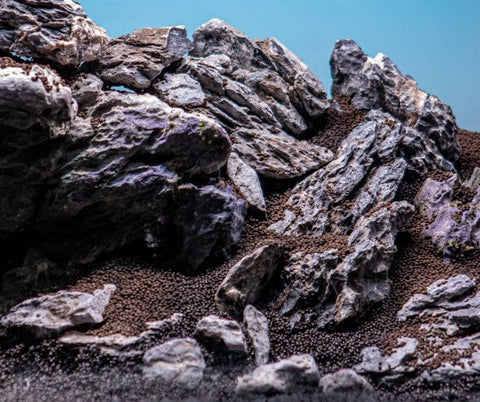
Before Placing Your Hardscape
Before adding any hardscape to your tank, particularly driftwood, it can be helpful to boil it. Boiling serves two purposes: it helps sterilize (you don’t want to introduce cladophora or some similarly nasty algae/pests to your tank), and, for wood, it helps water fully penetrate, allowing it to sink. Additionally, boiling helps prevent the white fungus often seen growing on newly introduced, fresh driftwood. If you don’t want to boil or don’t have a big enough pot (it’s OK to occasionally flip the wood in the pot as you boil if parts are sticking out above the water’s surface), you can submerge the wood in a bucket of room temperature water for a week or so to similar effect (minus the sterilization aspect).
Moss, buce, java fern, and other epiphytes can be attached to the hardscape prior to adding, affixed with super glue or cotton thread. Green cotton thread is often preferable as it is less noticeable and will dissolve or can be removed once the plants attach themselves to the hardscape. Alternatively, you can simply wedge the plants and moss into crevices in the hardscape once it is set up in the tank. This method works well when there is a lot of hardscape in the tank, and if you are not looking to blanket entire pieces of hardscape with plants.
Maintaining Your Hardscape
Once the hardscape is in the tank, it is often vulnerable to colonization by filamentous algae, such as BBA. To prevent this from happening, it is important to keep excess waste to a minimum.
BBA tends to be present in tanks with excess livestock, infrequent water changes, excess fish food, or dirty/underpowered filters. Anecdotally, it especially thrives in these conditions in areas of local high flow/turbulence. It prefers to grow on driftwood or slow-growing plants such as buce, but it can also be found on rocks or faster-growing plants in tanks that are truly out of balance.
If you notice BBA or similar algae growing on your wood, manually remove as much as possible and adhere to the steps above. Removal can be difficult, but is made easier with a stiff, short-bristled brush, steel wool, or even an untrimmed fingernail. You can also spot-treat with hydrogen peroxide, but I have personally never tried this method.
Tell us - Was this article helpful? Please leave a comment below!
If you have any questions regarding this article, please DM us on Instagram, Facebook, or email support@buceplant.com so we can assist you - @buceplant

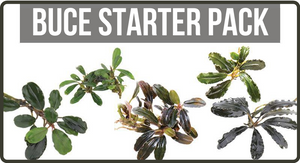
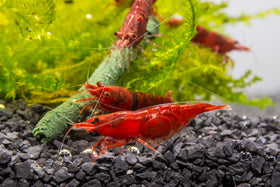
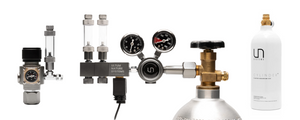


Comments
Leave a comment